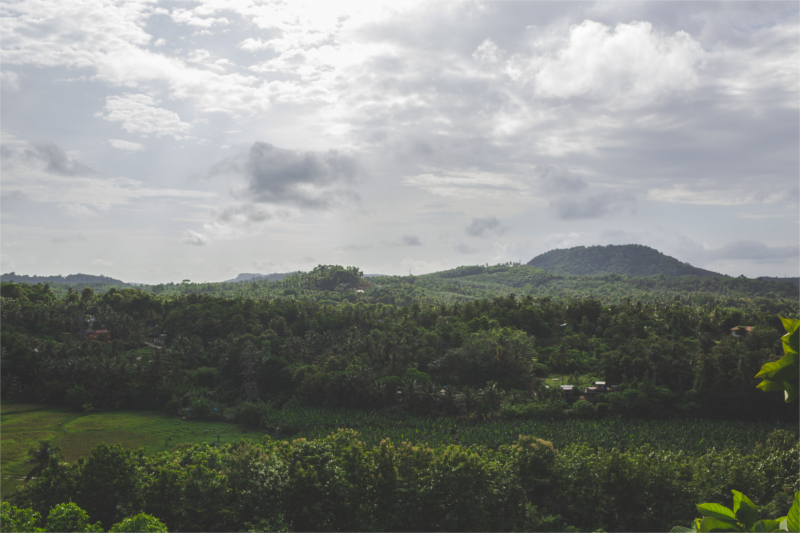Costa Rica climate
Nestled in the heart of Central America and boasts a multitude of climate zones. , Costa Rica is a land of stunning natural beauty and unparalleled biodiversity. Its relatively small size is deceiving, as within its borders, the country boasts an astonishing variety of climate zones, each contributing to its rich ecological tapestry. From tropical beaches to misty cloud forests, Costa Rica’s diverse climate zones offer a unique and captivating experience for travelers and nature enthusiasts alike.
- Tropical Lowlands:
The coastal regions of Costa Rica are characterized by tropical lowlands, where warm temperatures and lush vegetation dominate the landscape. These areas, including the Guanacaste province and the Caribbean coast, experience a consistent tropical climate, with average temperatures ranging from 75°F to 95°F (24°C to 35°C).
The northern Pacific coast, in Guanacaste, features dry tropical forests and grasslands, making it a prime destination for beachgoers seeking sun-soaked shores and thrilling water activities. The Caribbean coast, on the other hand, is marked by its heavy rainfall due to its proximity to the moisture-laden Caribbean Sea. This results in vibrant rainforests teeming with life and an unparalleled array of flora and fauna.
- Central Valley:
As you move inland and ascend into higher altitudes, you’ll find Costa Rica’s Central Valley. With an elevation ranging from 2,800 to 4,000 feet (850 to 1,220 meters), this region experiences a more temperate climate compared to the coastal areas. Average temperatures range from 65°F to 80°F (18°C to 27°C), offering a pleasant and comfortable environment year-round.
The Central Valley is home to Costa Rica’s capital city, San José, and is surrounded by picturesque mountains and fertile volcanic soils. These soils support a thriving agricultural industry, including coffee plantations that thrive in the cooler temperatures at higher altitudes. The temperate climate and scenic landscapes make the Central Valley a popular choice for both residents and tourists.
- Cloud Forests:
As you ascend further into the mountains, you’ll encounter one of Costa Rica’s most enchanting climate zones: the cloud forests. Found between 4,000 to 8,000 feet (1,220 to 2,440 meters) above sea level, these misty realms offer a unique climate characterized by near-constant humidity and a shroud of clouds. The average temperatures in cloud forests range from 50°F to 70°F (10°C to 21°C).
Cloud forests, such as the famed Monteverde Cloud Forest Reserve, are biodiversity hotspots and a haven for researchers and nature enthusiasts. The constant moisture in the air fosters a rich ecosystem of unique plant species, including orchids and epiphytes, which thrive on trees without harming them. The forests are also home to a variety of fascinating animals, such as the elusive resplendent quetzal and the agile howler monkeys.
- Highland Zones:
Costa Rica’s highland zones are found at elevations exceeding 8,000 feet (2,440 meters), where temperatures can dip to 45°F to 65°F (7°C to 18°C). The Talamanca Mountains, including the country’s highest peak, Cerro Chirripó, are prominent examples of these high-altitude regions.
Highland zones are characterized by their unique ecosystems, including páramos (alpine tundra) and subalpine forests. These areas support a range of cold-adapted species that have evolved to thrive in the challenging high-altitude environment. The scenery here is awe-inspiring, with rugged landscapes and breathtaking vistas.
- Rainforests and Wetlands:
Costa Rica’s climate zones also encompass expansive rainforests and wetlands. The Osa Peninsula, known for its intense biodiversity, hosts lush rainforests that receive heavy rainfall and provide a sanctuary for countless plant and animal species. The interconnected waterways and lagoons of areas like Tortuguero National Park on the Caribbean coast are vital habitats for aquatic life and migratory birds.
Costa Rica’s climate zones are a testament to its extraordinary geographical diversity, resulting in an astonishing variety of ecosystems and natural wonders. Traveling through the different zones is like stepping into distinct worlds, each with its own unique character and offerings. From the golden beaches and turquoise waters of the lowlands to the misty allure of the cloud forests and the rugged beauty of the highlands, Costa Rica beckons explorers to discover its ecological kaleidoscope. Whether you’re an adventurer, a nature lover, or simply seeking an escape into the beauty of the natural world, Costa Rica’s climate zones provide an unforgettable journey through landscapes that are as diverse as they are captivating.


 +1 888-818-2097
+1 888-818-2097
 +506 8932-4731
+506 8932-4731